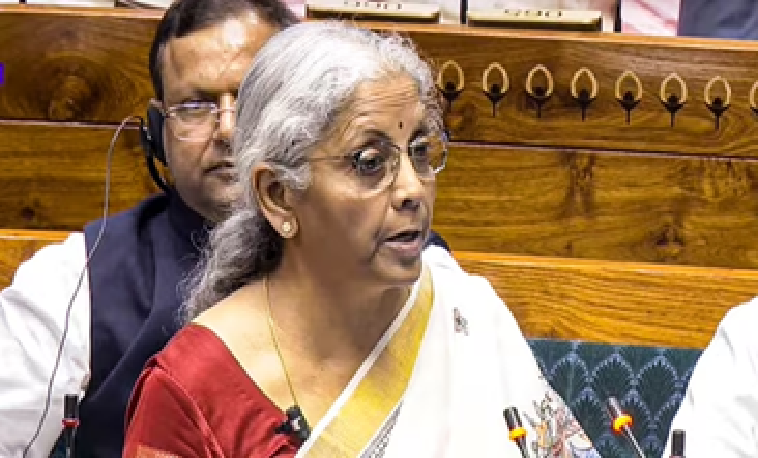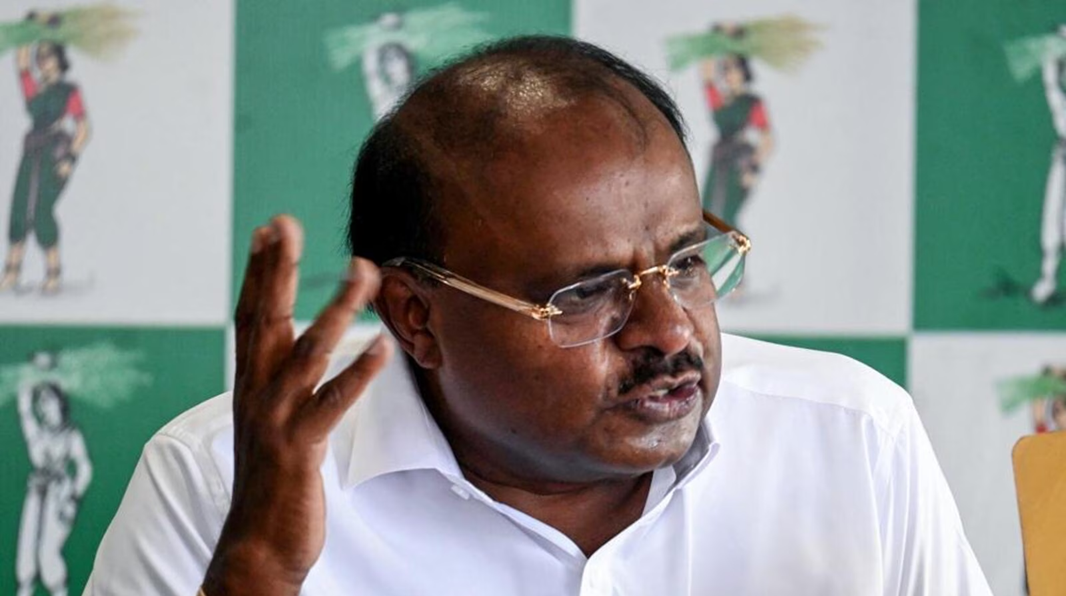
The Indian football story
Very little is known about the glorious days of Indian football during the 50s and 60s...
NT Correspondent
Bengaluru: With the recently concluded World Cup being one of the most memorable in recent times, the question on most minds is when India will qualify for the World Cup.
Especially since the tournament is expanding during the next edition to include 48 teams. But few know that India had qualified in the past, all the way back in 1950. It is rumoured that FIFA didn’t allow India to play barefoot, but that doesn’t hold water.
Subhrashu Roy, a sports historian, says “FIFA only introduced equipment regulation in 1953 and India had played the Olympics in 1948 and 52 barefoot. The truth is at the time AIFF (All India Football Federation) didn’t see the importance of the World Cup which was in a nascent stage back then and preferred sending the team to the Olympics instead.”
Glory days
It is believed that football truly began in India in 1911, when the Mohun Bagan team beat the East Yorkshire Regiment in the IFA Shield, one of the oldest football tournaments in the world. The victory gave the Indians self-confidence during the freedom struggle and changed the picture, with people even in rural areas starting to play football.
In 1924, Gostha Pal was named the first Indian captain, making him the first sports star in the country. Dr. Talimeren Ao from Nagaland became the first Indian captain to take the team to the Olympics, kicking off what is considered the golden years of Indian football that lasted from 1955-64.
The credit for this is given to SA Rahim, who was the coach and manager of the Indian team from 1950-62 and is considered the greatest coach India had. The stars of the era were PK Banerjee, Chuni Goswami, and Tulsidas Balaram who created a formidable partnership and led India to win the 1962 Asian Games beating South Korea in the final in Jakarta.
It is interesting to note that the only people supporting the Indian team in the hostile crowd were the Pakistani Hockey Team. But disaster struck soon with the passing of Rahim in 1963 and Banerjee, Goswami, and Balaram retiring soon after.
The heights they led India to haven’t been achieved since. India’s last medal in the Asian games was a bronze in 1970 after which due to Emergency and internal turmoil in the country the government stopped paying attention to sports.
During the Naxal period, they even forbade Bengali players from playing for the national team which led to further decline. Football did see a resurgence in the 90s with players like Bhaichung Bhutia and IM Vijayan who made football exciting to watch. Sunil Chetri was another who followed in their footsteps becoming one of the highest goal scorers in world football.
Rays of hope
Sports writer Sharda Ugra believes that if playing in the World Cup is the goal, then women stand a better chance than men. “The women’s team is ranked 12th in Asia and around 61st in the world whereas the men’s team is 19th in Asia and 106th in the world,” she says.
Adding that “In India, people don’t play sports for leisure they play for livelihood. And as soon as they see a living in football, players will come. Manipur has a great sporting culture with local tournaments that help talent emerge.” The only solution she sees is the players getting more game time and better infrastructure to train.
“In India, there is no pathway or a ladder for someone to get into the national team. We have a population of 1.4 billion but a pool of only about 66 players who play in the various leagues. If we want to qualify for the world cup we first need to be in the top 10 in Asia,” she notes.
The next challenge facing the Indian team is the Asia Cup in Qatar in 2023. We’ll have to see how they fare in the tournament first.
 English daily published in Bengaluru & Doha
English daily published in Bengaluru & Doha






